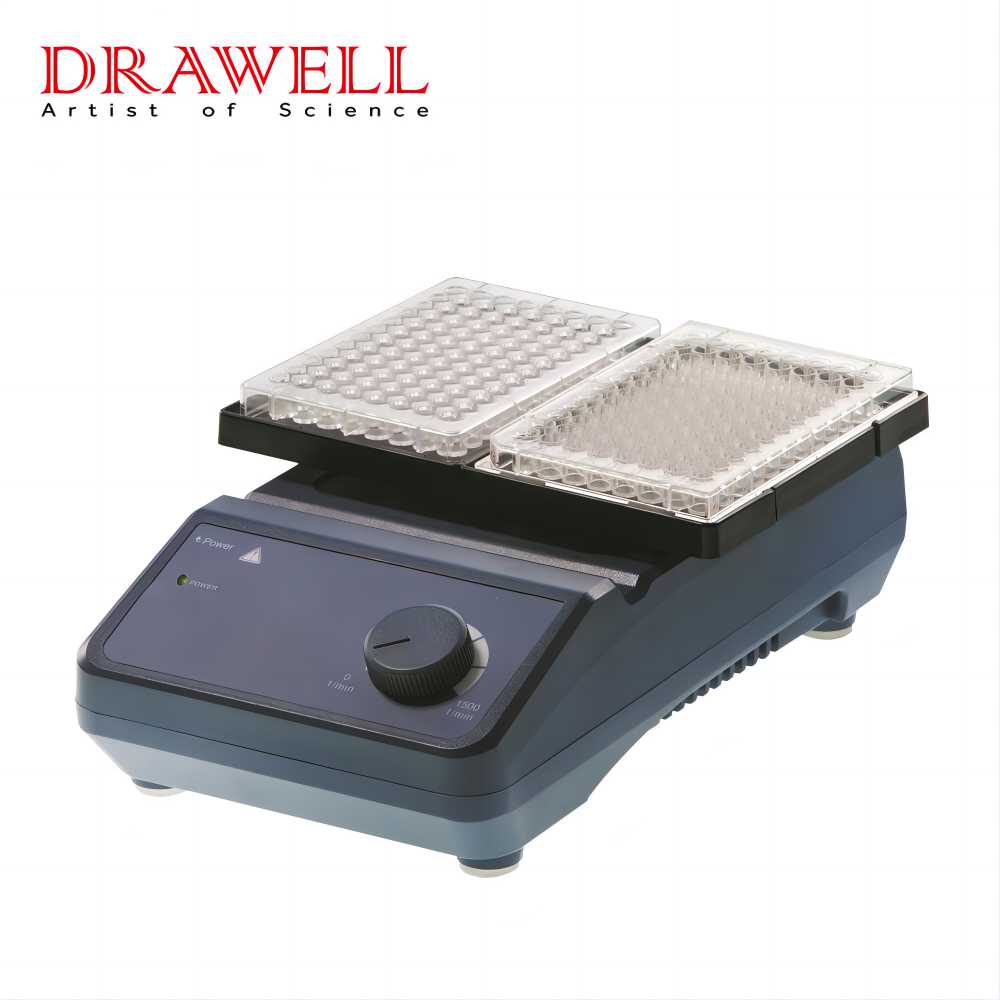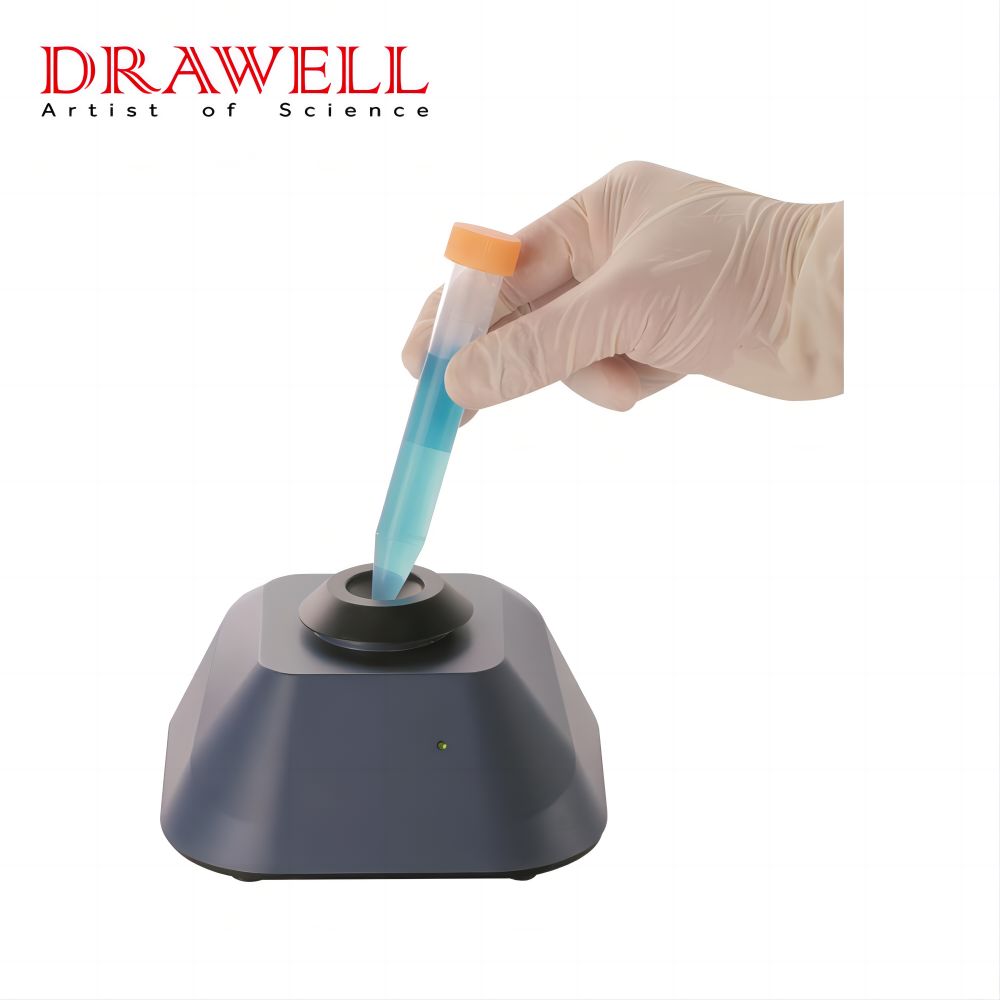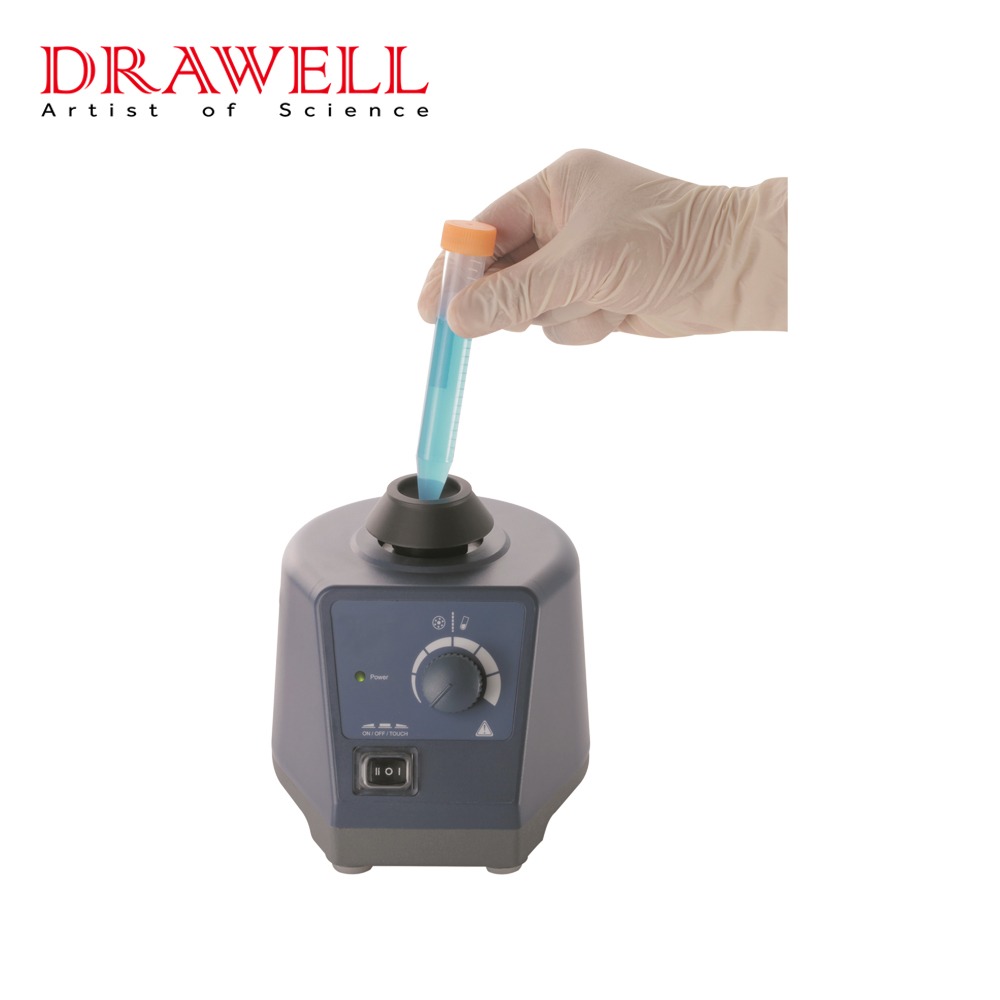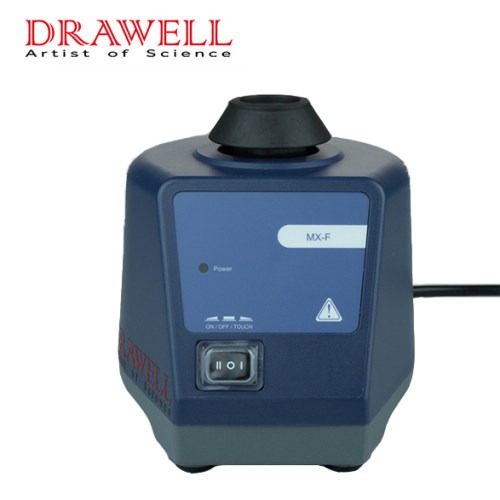For biochemistry and molecular biology, precise sample handling is crucial for ensuring reliable results and maintaining the integrity of experiments. Vortex mixers are essential tools in these fields, known for their ability to mix small liquid samples efficiently. This article delves into the importance of vortex mixers, their features tailored for sensitive sample handling, the benefits and best practices for optimal use.
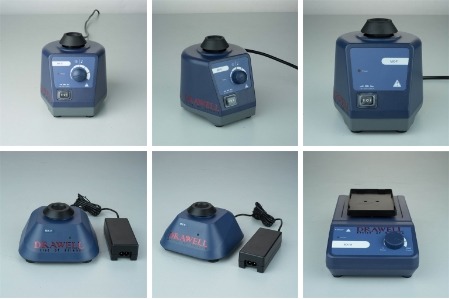
The Role of Vortex Mixers in Biochemistry and Molecular Biology
Vortex mixers are laboratory devices used to create a rapid, vortex-like motion in liquid samples. This motion helps dissolve substances, mix reagents, and prepare samples for various experiments. Their utility spans a range of applications, including:
- DNA and RNA extraction: Ensuring homogeneous mixing of nucleic acid samples.
- Protein assays: Preparing protein samples for purification and analysis.
- Enzyme reactions: Mixing solutions uniformly for consistent reaction rates.
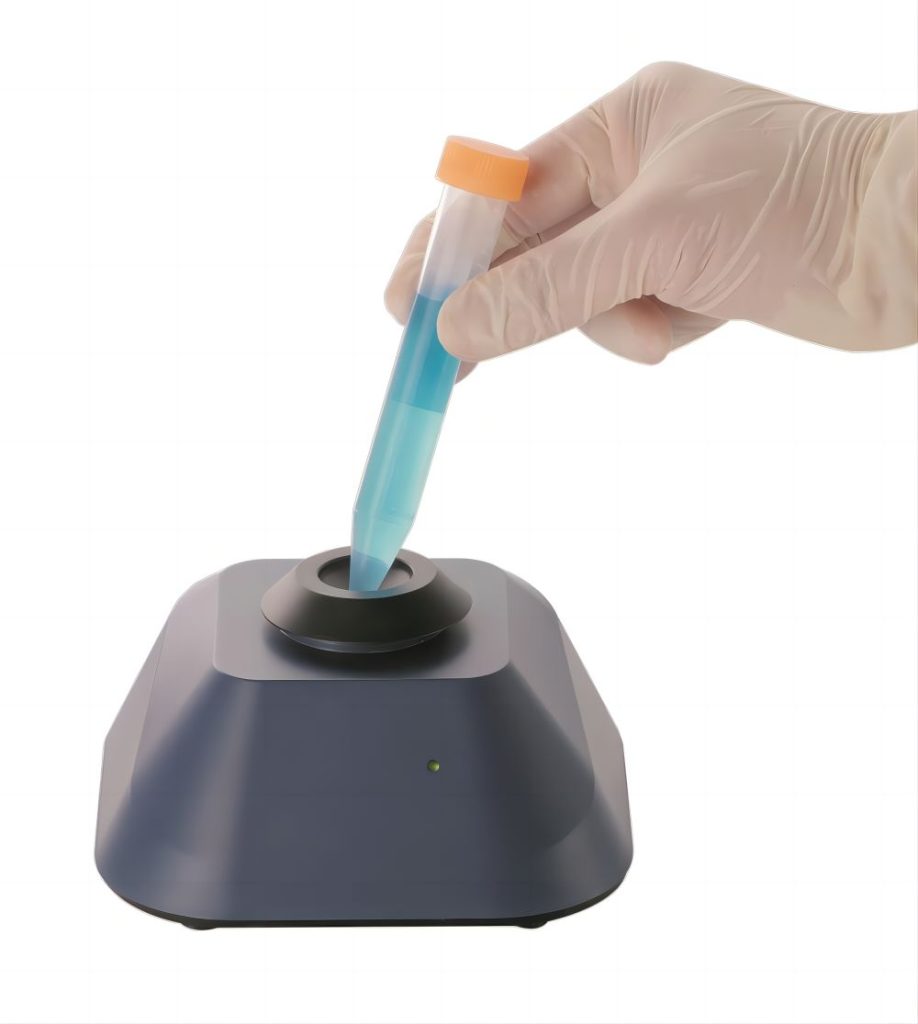
Key Features for Sensitive Sample Handling in Biochemistry and Molecular Biology
When dealing with sensitive biomolecules, the features of a vortex mixer can make a significant difference.
1. Adjustable Speed Controls
Vortex mixers equipped with variable speed settings, specially designed for sensitive sample handling. This feature is critical for controlling the intensity of mixing to avoid damaging delicate biomolecules.
- Low speeds help mix fragile samples without causing shear stress or degradation.
- High speeds are available when thorough mixing is required for more robust solutions.
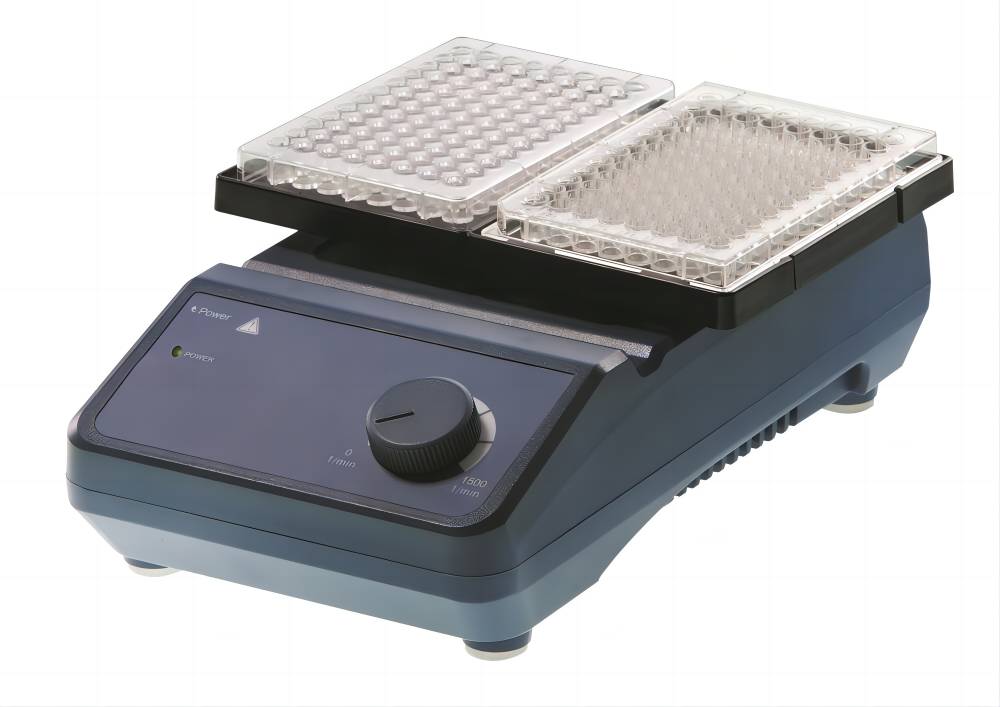
2. Interchangeable Attachments
To accommodate a range of sample types and containers, vortex mixers may offer different attachments:
- Tube adapters for mixing microcentrifuge tubes, which are common in molecular biology.
- Platform attachments for handling multiple samples simultaneously, ensuring efficiency in high-throughput processes.
3. Pulsing Function
Some advanced vortex mixers feature a pulsing function, allowing intermittent mixing. This mode is particularly beneficial when handling temperature-sensitive or highly reactive samples, as it helps minimize potential thermal buildup.
4. Low Vibration and Noise
For precise environments like biochemistry and molecular biology labs, maintaining a low-vibration workspace is essential. Modern vortex mixers are designed with enhanced stability to reduce vibrations and minimize noise, creating a more comfortable and controlled lab setting.
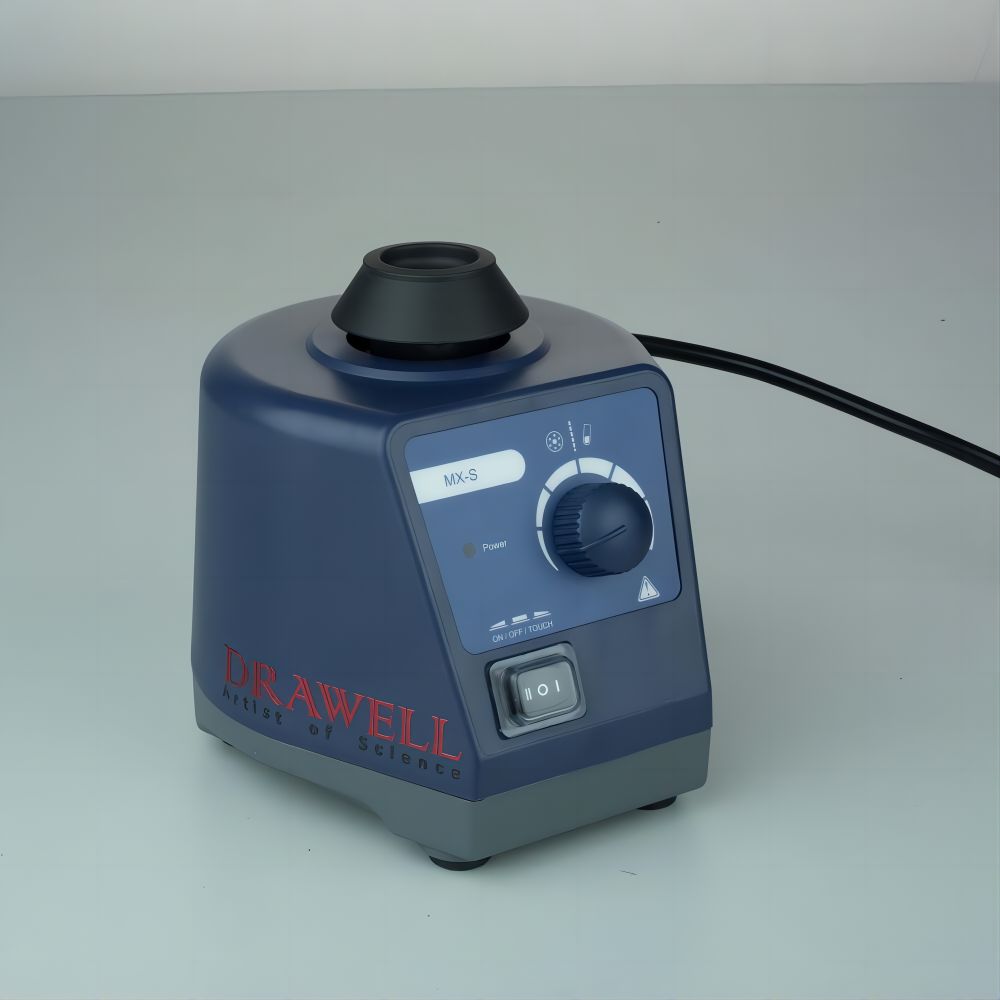
Benefits of Vortex Mixers for Sensitive Sample Handling in Biochemistry and Molecular Biology
1. Preservation of Sample Integrity
- Minimal Shear Stress: Vortex mixers can operate at low speeds, which helps protect delicate biomolecules such as DNA, RNA, and proteins from mechanical stress. This ensures that samples maintain their structural and functional integrity during mixing.
- Controlled Environment: The ability to fine-tune mixing speed and duration allows for precise handling of sensitive samples without compromising their quality.
2. Enhanced Reproducibility
- Consistent Mixing: Vortex mixers provide uniform mixing, reducing human error associated with manual shaking or stirring. This leads to more consistent and reproducible experimental results, which is crucial for scientific research.
- Repeatable Conditions: Automated settings ensure that samples can be mixed under identical conditions every time, supporting the reliability of experimental outcomes.
3. Time and Labor Efficiency
- Quick Sample Preparation: Vortex mixers significantly reduce the time needed for sample preparation compared to manual methods, streamlining workflows and increasing overall productivity in the lab.
- Hands-Free Operation: Many vortex mixers come with timed operation modes, allowing researchers to set the machine and focus on other tasks while the sample is mixed.
4. Versatile Sample Compatibility
- Wide Range of Applications: Vortex mixers can be adapted to handle various sample types, from small-volume microcentrifuge tubes to larger beakers. This flexibility is essential in biochemistry and molecular biology labs that deal with diverse sample sizes and formats.
- Customizable Attachments: The ability to switch between attachments supports different types of containers, making vortex mixers suitable for a variety of sample handling tasks.
5. Reduced Contamination Risk
- Enclosed and Stable Mixing: Using a vortex mixer minimizes the risk of cross-contamination, as the sample remains securely enclosed in its container. This is especially important when handling sensitive or infectious biological samples.
- Consistent Hygiene: The use of vortex mixers reduces the need for direct contact with the sample, helping maintain sterile conditions and reducing contamination potential.
6. Temperature Control Benefits
- Lower Heat Generation: Compared to high-speed mechanical stirrers, vortex mixers generate less heat, which is advantageous for temperature-sensitive samples. The low thermal impact helps maintain the stability of sensitive compounds during mixing.
- Pulsing Function: Some advanced mixers include pulsing modes that reduce the risk of overheating, providing better control for sensitive sample handling.
7. User-Friendly Operation
- Simple Controls: Vortex mixers are designed for ease of use, with straightforward control panels and interfaces that allow researchers to quickly adjust settings and monitor the mixing process.
- Reliable and Safe: Modern vortex mixers are built with safety in mind, including features like non-slip bases and secure mounting to prevent spills and accidents during operation.
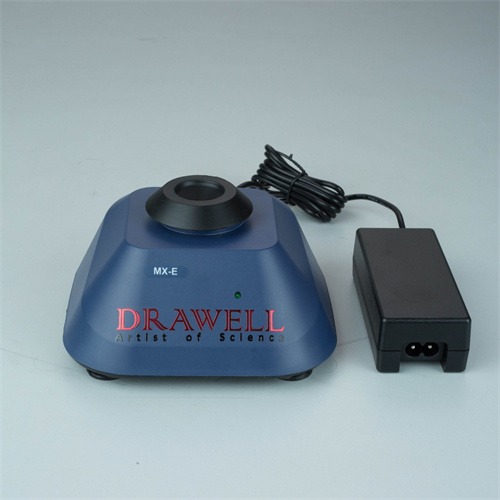
Best Practices for Sensitive Samples Handling Using Vortex Mixers
This chart can guide you in handling sensitive samples efficiently using vortex mixers, ensuring consistent and reliable results in your experiments.
| Best Practice | Description |
| Use Low-Speed Settings | Start at low speeds to avoid shear stress and sample degradation. |
| Gradual Speed Adjustment | Increase speed gradually to ensure gentle mixing without sudden shocks. |
| Use Appropriate Attachments | Select the right attachments (e.g., mixing heads) for the sample volume and type. |
| Secure Samples Properly | Ensure containers are tightly sealed to prevent leakage or contamination. |
| Limit Mixing Time | Avoid prolonged mixing to prevent heat buildup and minimize sample degradation. |
| Monitor Temperature | Check for temperature changes during mixing, as some samples may be temperature-sensitive. |
| Regular Maintenance and Calibration | Regularly clean and calibrate the vortex mixer to ensure consistent performance. |
| Use Timed or Pulsing Mode | Use the pulsing or timed mode to prevent excessive heating and maintain consistency. |
| Avoid Overloading Samples | Do not exceed the recommended capacity for optimal mixing efficiency. |
| Use Contamination-Free Techniques | Employ sterile techniques to avoid contamination and preserve sample integrity. |

To sum up, precision, speed control, adaptability and low-vibration make vortex mixers ideal for preparing samples that require gentle yet thorough mixing. By understanding their applications and implementing best practices, researchers can achieve reliable and reproducible results in biochemistry and molecular biology labs.

